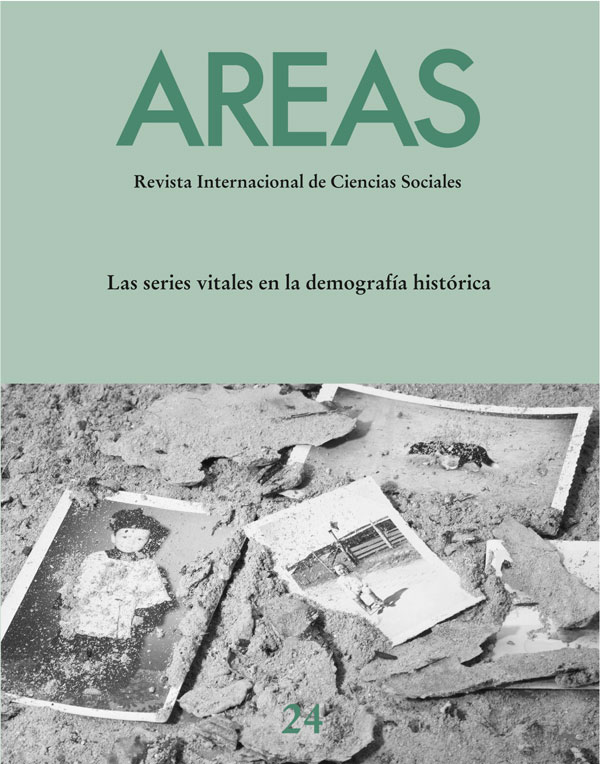The evolution of mortality and mortality causes in the county of El Beal (Murcia), 1880-1970
Abstract
This paper focuses on the mortality variations in a lead mining area, where production is organised in small mining societies. The area is Cartagena-La Unión mountain range, in Murcia, a main coalfield in Spanish lead production. This work analyses the demographic transition process, characterised by the area’s specificities: high mortality rates (mainly infant mortality rate, according to the working conditions, implying high infant labour) and very bad housing and urban infrastructures. Those conditions would imply overmortality rates, above the national and regional averages, and persisting morbidity because of infections. This work also analyses the demographic evolution, showing a modernisation process, even knowing that the mining producers suffered a crisis in the analysed county. In that sense, the difficulties faced on this research to elaborate reliable rates, considering the high migration rates, in order to compare them with other areas, have been remarked.Downloads
Download data is not yet available.
Metrics
Views/Downloads
-
Abstract349
-
PDF (Español (España))151
Martínez Soto, Ángel P., Pérez de Perceval Verde, M. A., & Navarro Ortiz, D. (2004). The evolution of mortality and mortality causes in the county of El Beal (Murcia), 1880-1970. Areas. International Social Science Journal, (24), 135–155. Retrieved from https://revistas.um.es/areas/article/view/118451
Artículos
The published works by this Journal are subject to the following terms:
1. The Publication Service of the University of Murcia (the Editor) owns the copyright of its publications. It promotes and allows its use under the indicated licence in Section 2.
© Servicio de Publicaciones, Universidad de Murcia, 2011
2. Papers are digitally published under the licence Creative Commons Reconocimiento-NoComercial-SinObraDerivada 3.0 España (legal text). They can be copied, used, disseminated, transferred and publically presented if: i) the author is quoted, as well as the original source of publication (Journal, editorial and URL); ii) they are not used for commercial purposes; iii) the licence of use is mentioned.
3. Auto-file Conditions. It is allowed and authors are encouraged to digitally disseminate their pre-print versions (versions prior to review) and/or post-print (reviewed version accepted for its publication) since it promotes its early diffusion and the corresponding increase of quotes and scope within the academic community. RoMEO Colour: green.


